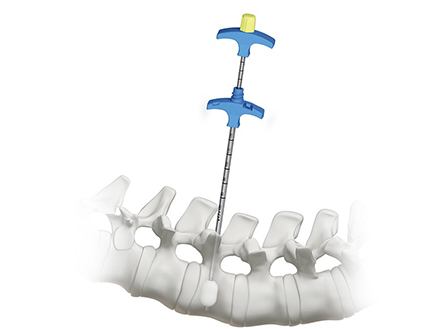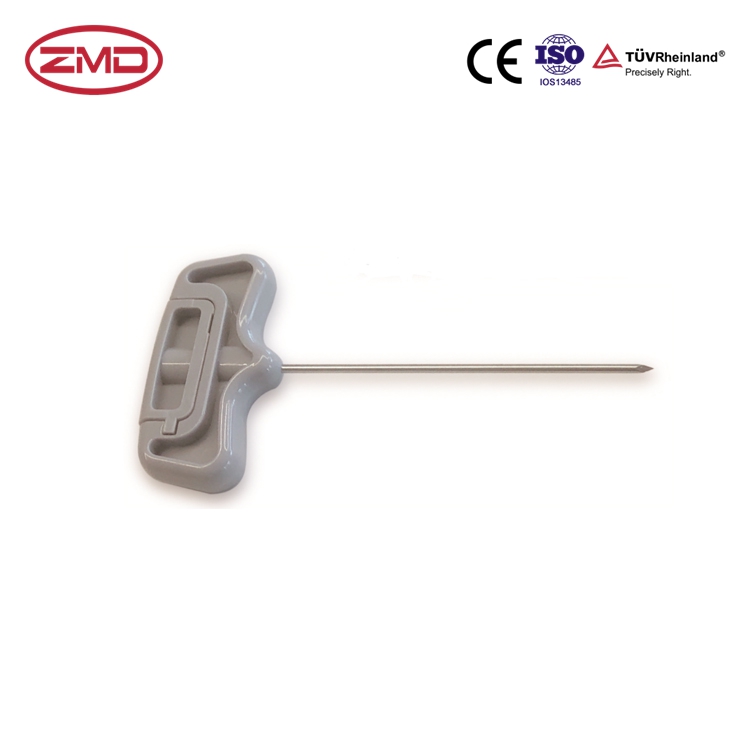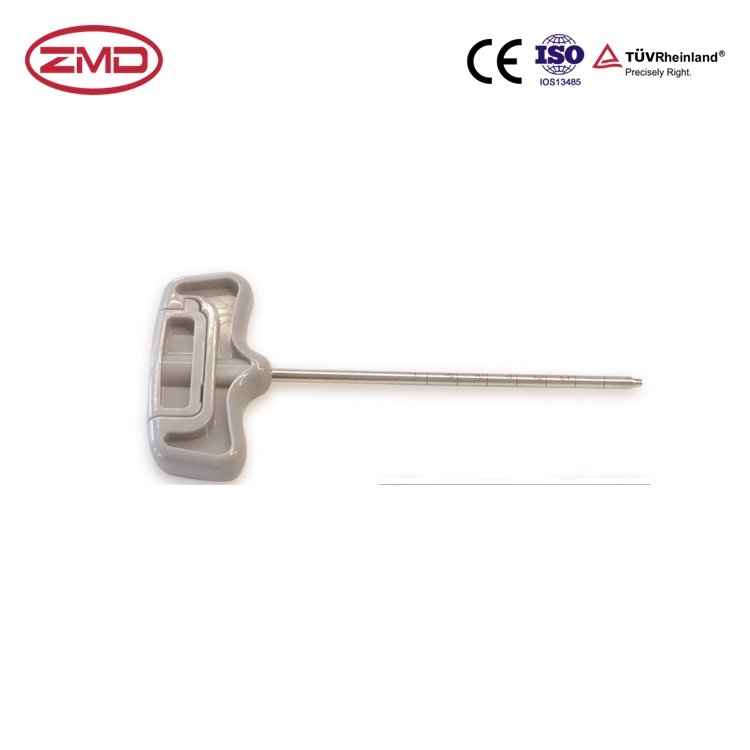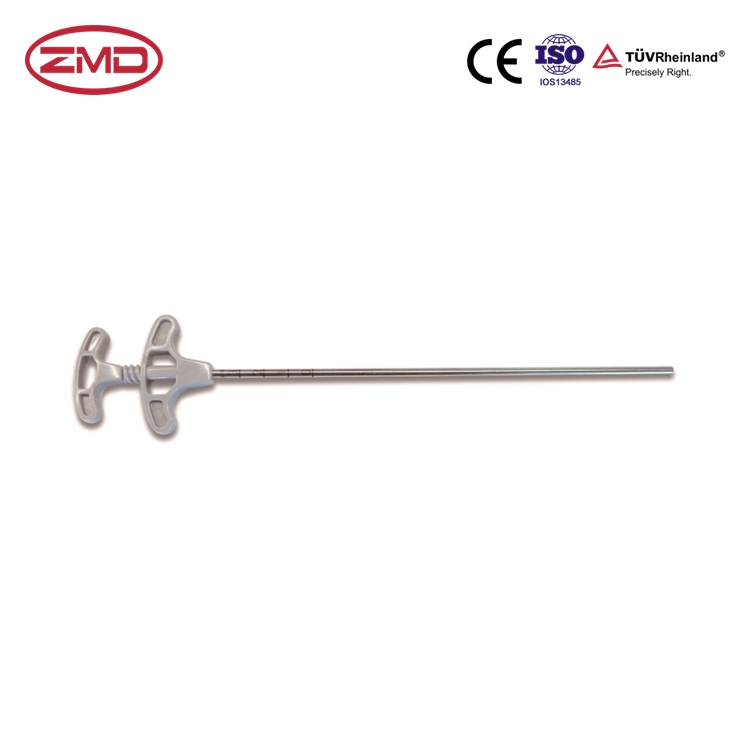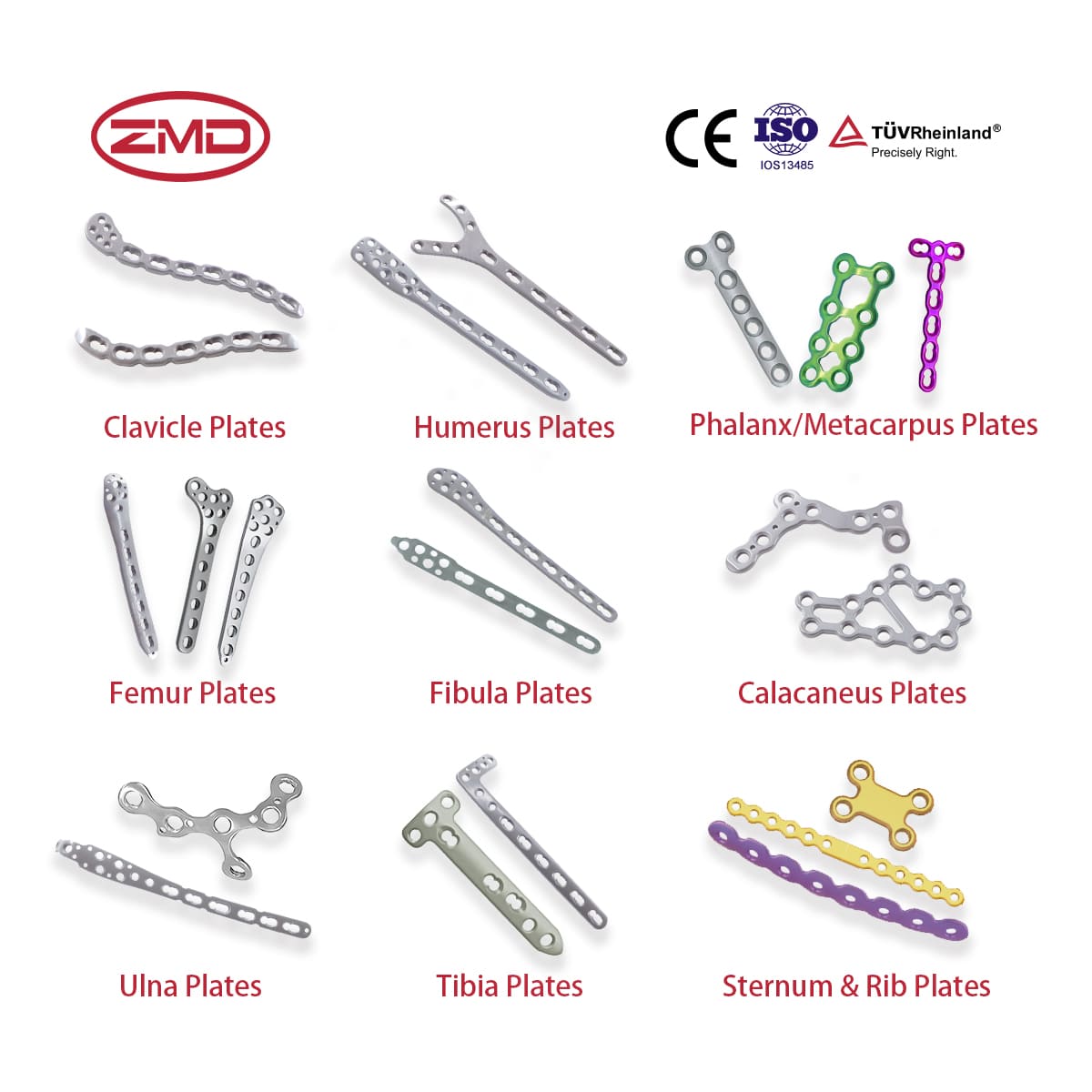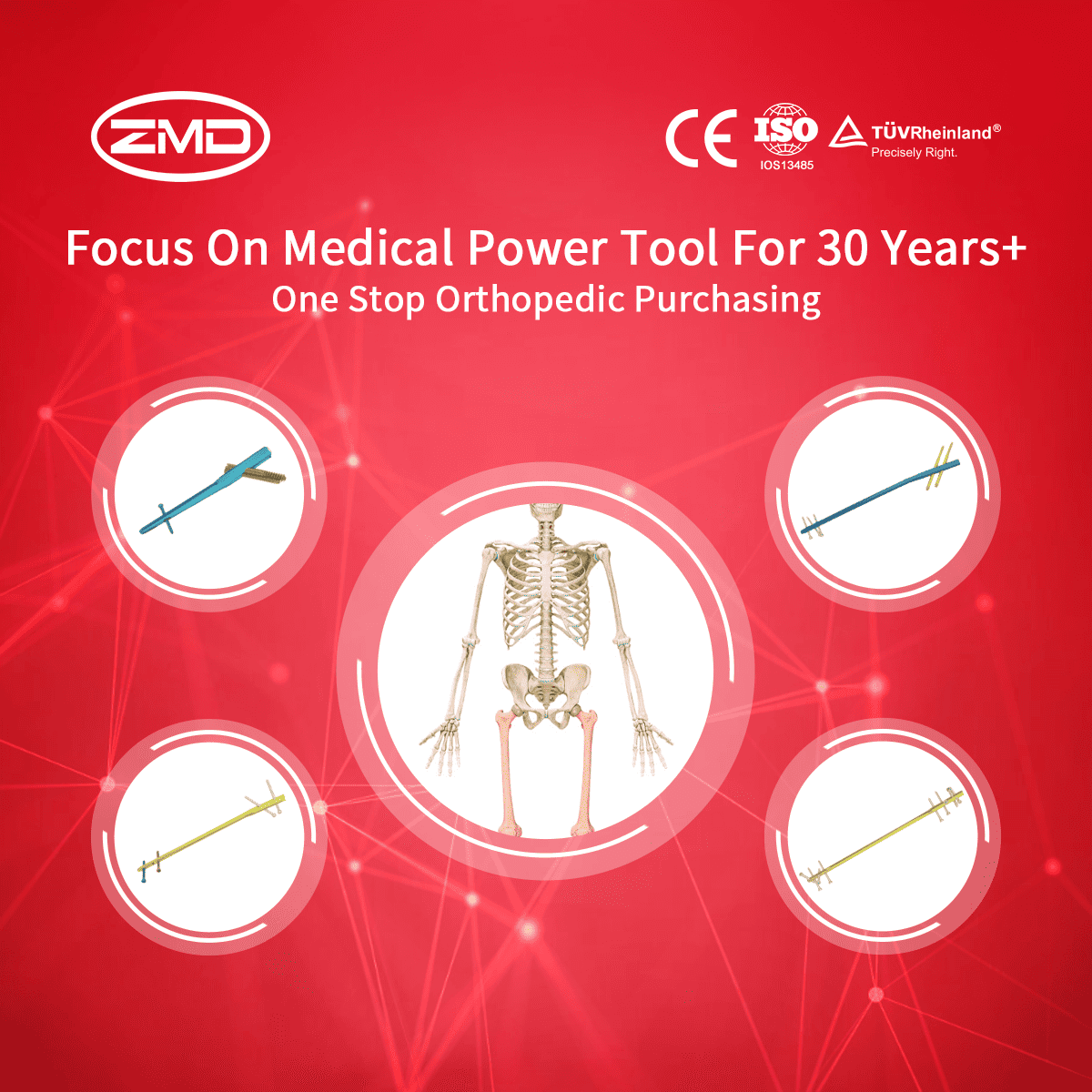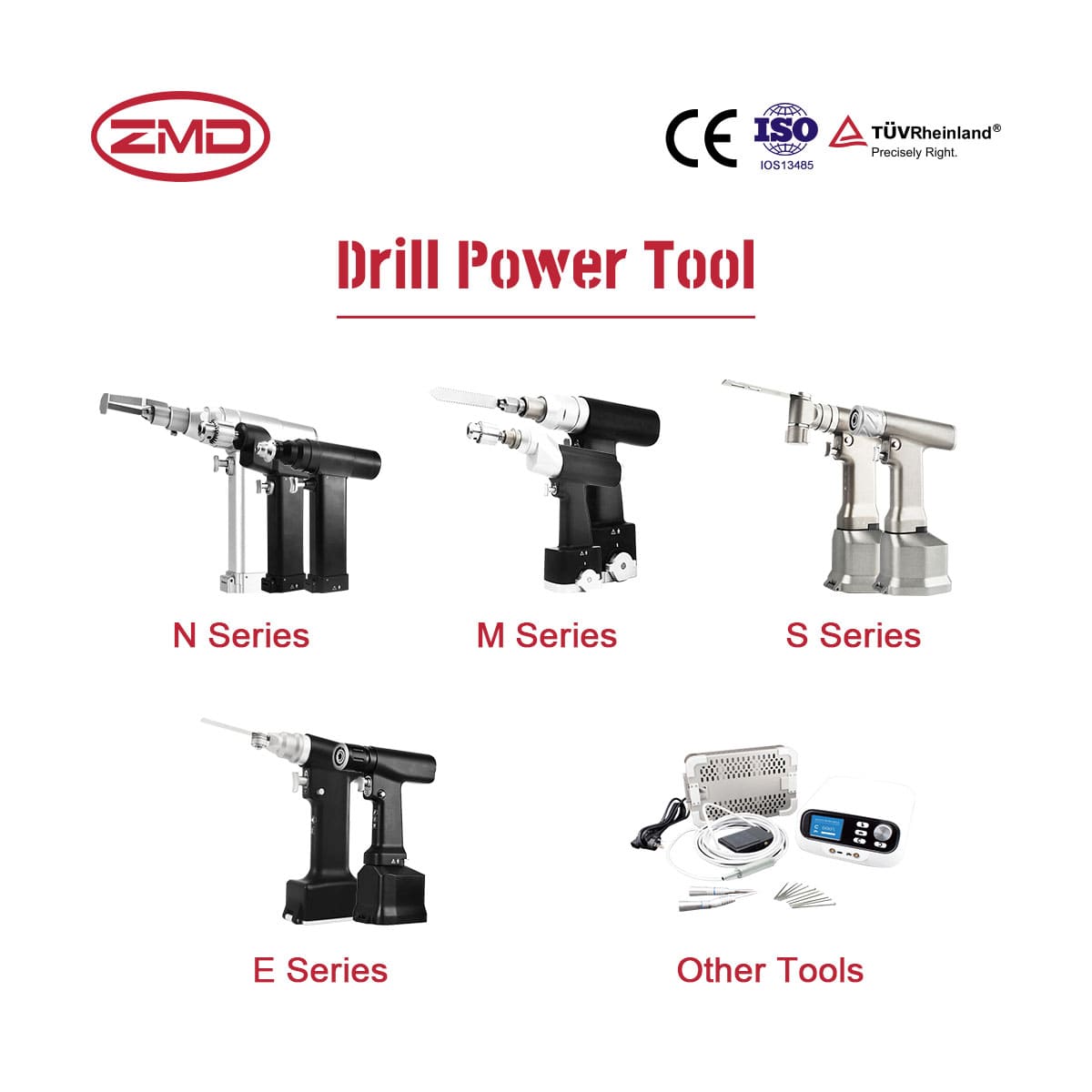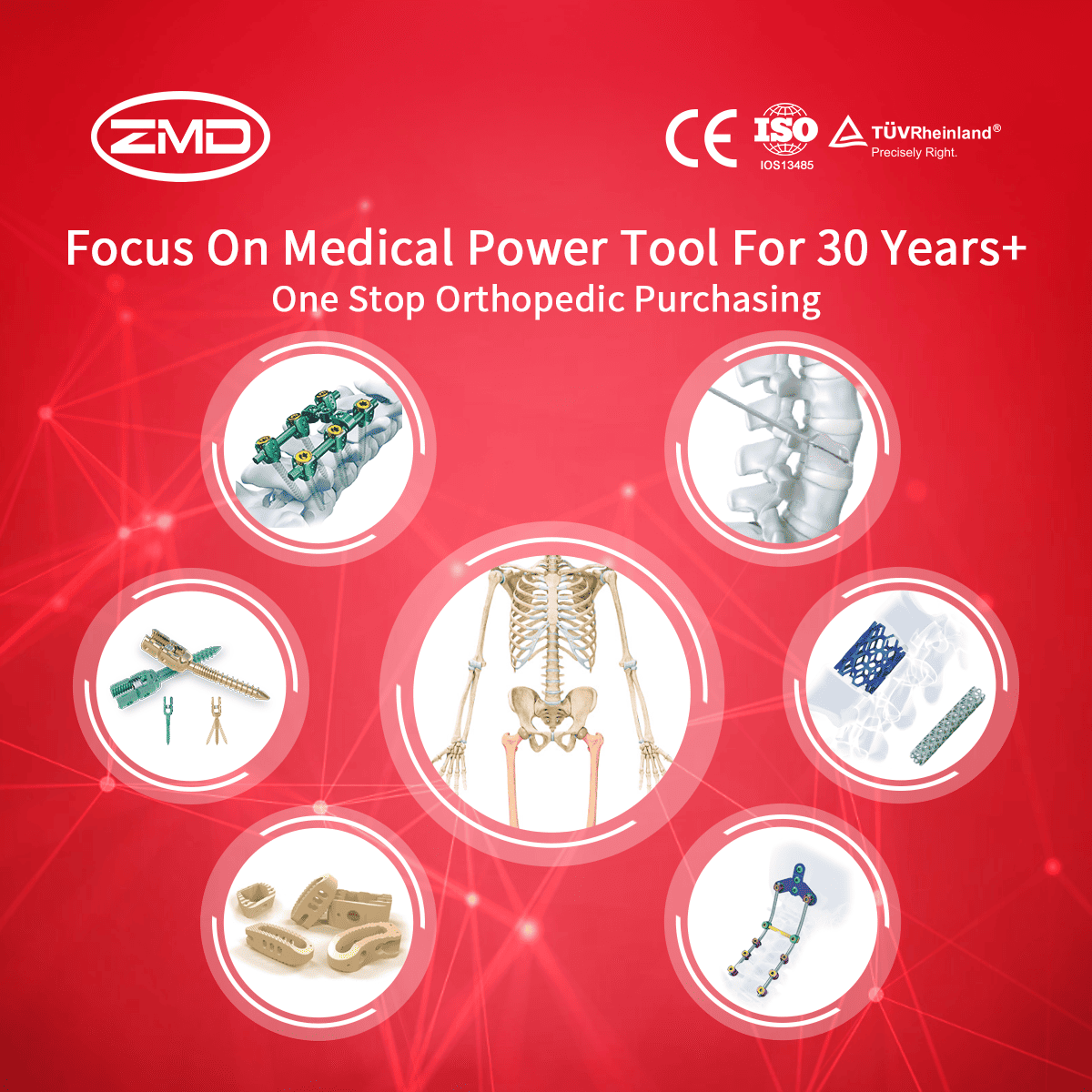When it comes to withdrawing blood for laboratory testing, the puncture system plays a crucial role. A fine-gauge needle is typically used for this purpose. The design of the needle is such that it can smoothly penetrate the skin and access a suitable vein, usually in the arm, with minimal pain for the patient. The syringe attached to the needle is then used to create the necessary suction to draw out the required amount of blood. In some cases, vacuum collection tubes may be connected to the needle via an adapter to facilitate a more efficient and hygienic collection process. This minimally invasive approach is much more comfortable for patients compared to more invasive alternatives. It allows them to quickly return to their normal activities after the procedure, with a short recovery time as there is only a small puncture wound that heals rapidly. Moreover, the risk of infection is relatively low due to the small size of the entry point and the use of sterile components in the puncture system.
For delivering medications, anesthesia, or fluids intravenously, the puncture system is carefully engineered. The needle or cannula is inserted into a vein, and once in place, it can be used to introduce substances directly into the bloodstream. The introducer sheath, if used, helps in maintaining the stability of the access point, allowing for continuous or repeated injections if needed. For example, in the case of a patient receiving a long course of intravenous antibiotics, the sheath enables easy insertion of the syringe or connection to an infusion set for regular drug administration. This method is minimally invasive, reducing the discomfort that patients might experience during the injection process. The reduced trauma to the body means quicker recovery times, and the sterile nature of the components and the small puncture site lower the likelihood of infection, making it a safe and efficient way to administer necessary substances.
Collecting tissue samples for analysis is a delicate yet important application of puncture systems. Depending on the type of biopsy, different components of the system come into play. For instance, in a fine-needle aspiration biopsy for diagnosing a suspicious lump in the breast or thyroid, a thin needle is guided into the target tissue. A syringe or an aspiration pump is then used to create negative pressure to draw out the tissue cells. In core needle biopsies, a larger needle with a cutting mechanism is employed to obtain a more substantial tissue sample. The guidewire can assist in precisely positioning the needle, especially when the target tissue is in a hard-to-reach or anatomically complex area. The introducer sheath provides stability during the sampling process. This minimally invasive approach minimizes patient discomfort compared to open surgical biopsies. Patients can often recover more quickly and have a lower risk of developing an infection due to the smaller incision and the use of sterile equipment.
When removing fluids from body cavities like the abdomen or lungs, the puncture system is essential. In abdominal paracentesis for draining ascites, a needle or cannula is carefully inserted through the abdominal wall under sterile conditions. The guidewire helps in accurately guiding the insertion of a drainage catheter, which is then placed using the introducer sheath to ensure proper positioning within the fluid-filled cavity. A syringe or aspiration pump can be used to start the drainage process or to check for proper placement by aspirating a small amount of fluid first. In pleural drainage for conditions like pleural effusion, a similar process occurs, with the puncture system allowing for the insertion of a chest tube through the chest wall into the pleural space. The minimally invasive nature of these procedures means less pain for the patient during and after the procedure, a shorter recovery period as there is minimal disruption to the body tissues, and a reduced risk of infection due to the small access points and the use of sterile components.
In the context of delivering pain medication directly to the source of pain, such as in epidural injections, the puncture system is carefully utilized. A specialized needle is inserted into the epidural space, which may be guided by anatomical landmarks or imaging techniques. The guidewire can help in ensuring accurate placement of the needle to avoid accidental puncture of the spinal cord or other sensitive structures. Once the needle is in the correct position, a syringe is used to inject medications like local anesthetics or steroids. In some cases, an introducer sheath may be used to facilitate repeated injections or the insertion of an epidural catheter for continuous pain relief. This minimally invasive approach allows patients to receive effective pain management with less trauma to their bodies. It leads to reduced discomfort compared to more invasive surgical options for pain control, quicker recovery times, and a lower risk of infection due to the small puncture site and the use of sterile materials.
Overall, the design variations in puncture systems based on their intended use all aim to leverage the advantages of being minimally invasive. By reducing patient discomfort, enabling faster recovery times, and minimizing the risk of infection, these systems have become an integral part of modern medical practice for a wide range of diagnostic, treatment, and management procedures.

